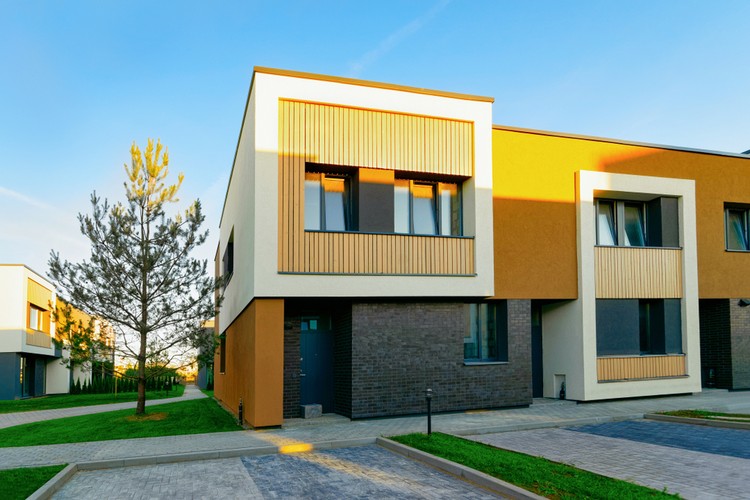The Shift Towards Multigenerational Homes: A Deep Dive into the Trend and Its Implications
Introduction: In recent years, an intriguing trend has emerged in the real estate market: the rise of multigenerational homes. In this in-depth exploration, we'll delve into the historical context, examine the present market dynamics, and discuss the potential implications of this trend for buyers, sellers, and investors alike.

A Historical Perspective on Multigenerational Homes
In many cultures worldwide, multigenerational living—where more than two generations reside under one roof—has been a norm for centuries. In the United States, this trend dipped in the mid-20th century as nuclear families became the standard. However, the 21st century has seen a resurgence of this living arrangement, driven by several factors.
The Rebirth of Multigenerational Homes: Causes and Catalysts
This resurgence is largely attributed to economic necessities, changing demographics, and cultural shifts. The Great Recession forced many young adults to move back in with their parents due to financial constraints, and the trend has continued even as the economy has improved. Additionally, the aging population has led to an increased need for elder care, often resulting in parents moving in with their adult children. Lastly, changing immigration patterns have brought diverse cultural norms, including multigenerational living, to the fore.
A Snapshot of the Current Market Trends
As of 2020, approximately 20% of the U.S. population lived in multigenerational households, a significant increase from the 12% in 1980. This trend has influenced the housing market, with builders and realtors reporting increased demand for properties with features accommodating multigenerational living. These features include second master suites, in-law units, and versatile spaces that can be adapted to suit changing family needs.
The Implications for Buyers, Sellers, and Investors
For buyers, multigenerational homes offer practical benefits, such as shared expenses, mutual support, and convenience. For sellers, this trend presents an opportunity to market properties with suitable features to a growing segment of buyers. Investors, on the other hand, should be aware of the rising demand for these properties, considering them in their investment strategies.
Looking Ahead: The Future of Multigenerational Homes
While it’s hard to predict with certainty, the trend towards multigenerational homes shows no signs of slowing down. Multiple factors – rising house prices, an aging population, and shifting cultural norms – suggest that multigenerational living will continue to shape the housing market in the years to come.
In conclusion, the shift towards multigenerational homes is a fascinating trend with far-reaching implications. By understanding its origins, current dynamics, and potential impact, real estate stakeholders can better navigate this evolving landscape.




